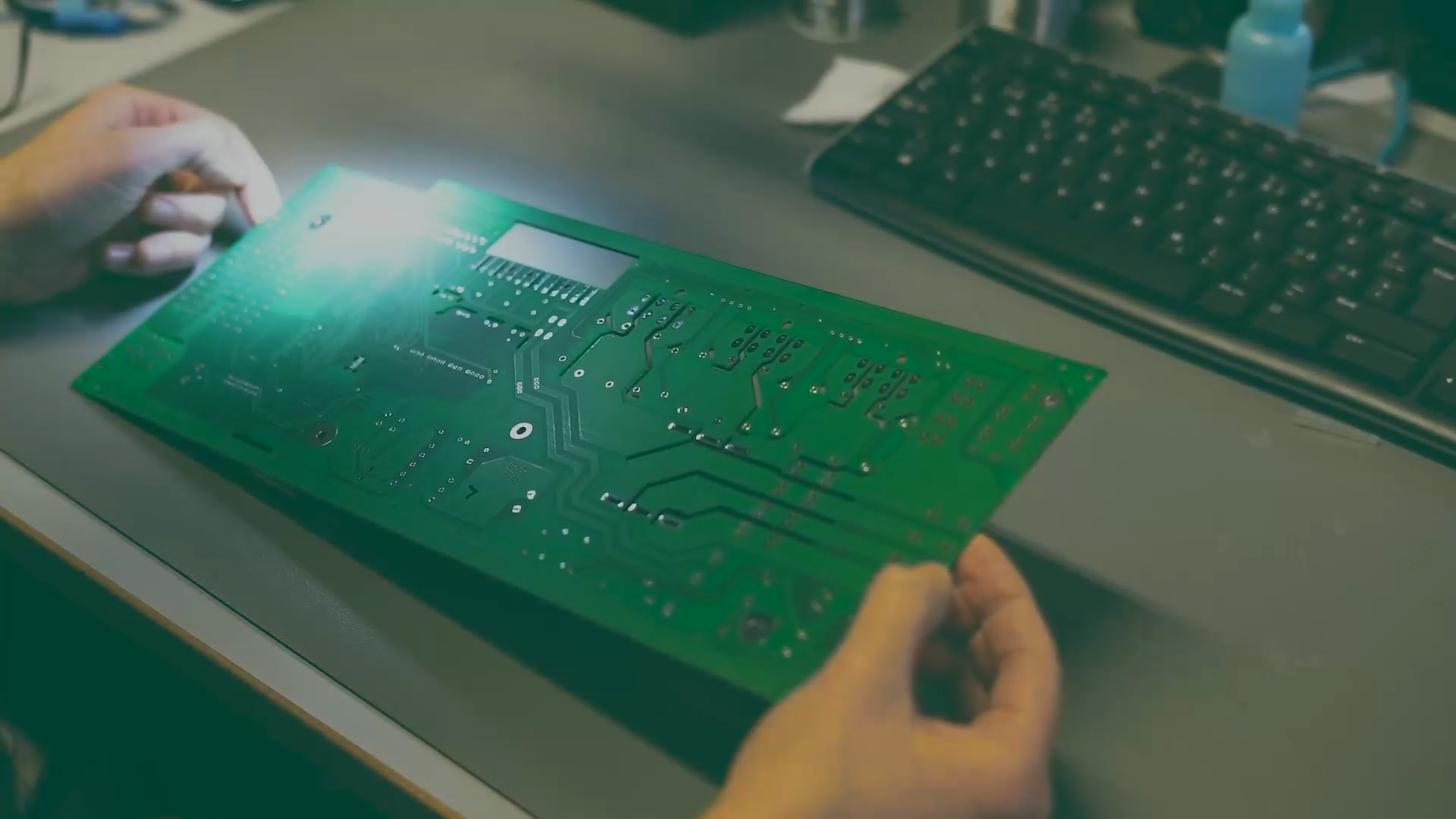Welcome to this overview of electronic components for 2025. As we look ahead, several key trends are shaping the landscape—from pricing and production lead times to broader supply chain dynamics. This article will walk you through what to expect in the year to come.
In the PCB market, there's positive momentum. Prototype production is becoming faster and more efficient, while overall manufacturing costs continue to decline. These improvements are helping to streamline development cycles and reduce barriers for innovation.
Power modules are currently showing stable prices and moderate lead times. However, we’re beginning to observe some signs of strain as we move toward the latter part of the year, with lead times gradually increasing. This may signal the need for closer planning and forecasting as demand fluctuates.
Microcontrollers (MCUs) remain under pressure. Certain models are still difficult to source, and lead times can stretch significantly. Despite this, there are indicators that the situation is starting to stabilize. Still, it's a category worth watching closely, especially for specialized designs or less common models.
Active components such as transistors and diodes are experiencing slight price drops, along with gradual improvements in availability. However, legacy parts are becoming harder to locate, as newer models begin to dominate production lines and absorb manufacturing capacity. This shift highlights the importance of design flexibility and staying up-to-date with component availability.
Staying informed and proactive will be key.
Passive components
Passive components—including resistors, capacitors, and inductors—are expected to maintain stable prices and short lead times. These essential building blocks of electronics show no major signs of disruption, offering a reliable foundation for most designs.
The same can be said for connectors and cables. Pricing remains consistent, and supply is strong, making this category relatively low-risk and predictable for procurement planning.
Trends in Electronic Components
Head of Purchasing, Ulrik Petersen, gives an overview of the key trends in electronic components.
Overall, 2025 is shaping up to be a year of stabilization and steady recovery. Lead times are shrinking, and prices are softening across many categories. These positive trends are largely driven by expanded supplier networks and improved global availability.
Still, vigilance is essential. Niche components—particularly MCUs—may continue to present sourcing challenges. Staying informed and proactive will be key.
It’s also important to recognize that all these insights are based on the current market situation. In a world shaped by political shifts, trade tensions, and broader global uncertainties, businesses must stay agile. Flexibility in supply chain strategies and strong relationships with suppliers will be critical for navigating the evolving landscape.
That’s why we continue to prioritize adaptability and collaboration—to ensure that no matter what changes lie ahead, we remain ready to deliver.
Thank you for joining us in this overview of the electronic component market for 2025.
